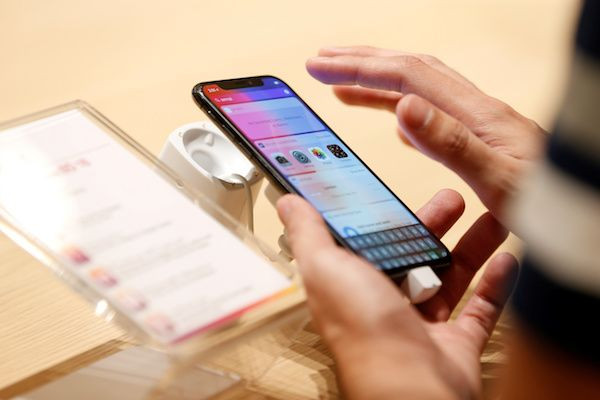iOS 11 Adoption Surpasses iOS 10 Ahead Of Upcoming iOS 11.2 Update

Apple has just announced that its latest mobile OS iteration, iOS 11, has just surpassed all of its predecessors in terms of adoption. However, this isn’t actually an amazing feat as it lagged behind previous versions in terms of the period it took to do so.
On Tuesday, Apple updated its App Store support page for developers with an announcement that its new statistics can confirm that iOS 11 is running on more devices than last year’s iOS 10. Per MacRumors, this was the first time that the Cupertino giant updated the support page to reflect installation numbers since the release of iOS 11.
Based on Apple’s update, iOS 11 is already installed on 52 percent of iOS-running devices. Meanwhile, iOS 10 is still the operating system of 38 percent of devices. As for the remaining 10 percent, this accounts for devices that are running older versions of iOS.
To prove the point that iOS 11 is lagging behind its predecessors, The Verge explained that iOS 10 managed to reach 60 percent of devices on Oct. 27, 2016 following its official rollout on Sept. 13, 2016. On the other hand, iOS 9 reached 67 percent of devices on Nov. 16, 2015 after its official release on Sept. 16, 2015. What’s remarkable about iOS 9 is it took less than a week to hit the same adoption milestone as iOS 11.
iOS 11 was released on Sept. 19 of this year, and it has only been adopted by 52 percent of iOS devices as of Monday, Nov. 6. Apple usually updates the support page every month so developers can gauge which software features they can leverage to many users. Apple skipped updating the page last month though, and Venture Beat believes that this was due to the slower adoption of the new OS compared to previous releases.
There are a number of factors that could have caused the slower adoption rate of iOS 11. First and foremost was the issue on the bugs that were uncovered early on. iOS 11 has been plagued by several bugs, and Apple only rolled out smaller fixes to address them. Another reason is the notion that this OS is more of an iPad-focused update, with fewer new features to offer iPhone users. Lastly, Apple has been cutting down the number of older devices allowed to get the latest updates.
Apple has already rolled out a major update for iOS 11. iOS 11.1 came with new emojis, fixed some critical security issues and brought back the 3D Touch App Switcher. It wasn’t clear if the update helped in increasing the adoption of iOS 11 among users.
Samsung’s biggest rival is currently working on another update, iOS 11.2, that would bring in a new feature to iOS 11 devices. Called Apple Pay Cash, the feature that was actually announced earlier this year, allows users to send and receive cash inside the Messages app. TechCrunch reports that the source of funding of this feature is any debit or credit card that the user has added to Apple Pay. The release date for iOS 11.2 isn’t known yet, but, hopefully, this new update and the new feature could encourage more users to upgrade to iOS 11.
© Copyright IBTimes 2025. All rights reserved.



















